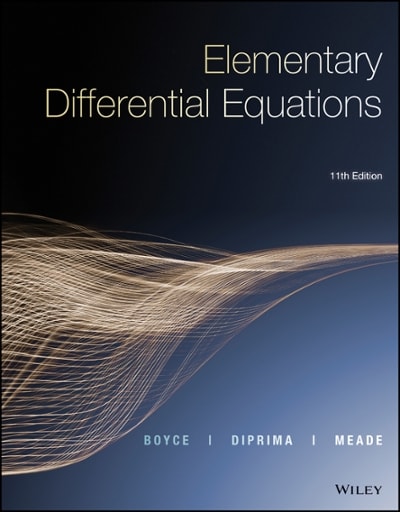Help me to obtain suitable answers
Consider the following two random samples of ten observations which come from the distributions of random variables which assume non-negative integer values only. Sample 1: 7 4 6 11 5 9 8 3 5 5 sample mean = 6.3, sample variance = 6.01 Sample 2: 8 3 5 11 2 4 6 12 3 9 sample mean = 5.3, sample variance = 12.46 One sample comes from a Poisson distribution, the other does not. State, with brief reasons, which sample you think is likely to be which. [2] A random sample of 200 policy surrender values (in units of $1,000) yields a mean of 43.6 and a standard deviation of 82.2. Determine a 99% confidence interval for the true underlying mean surrender value for such policies. [3] It is assumed that claims on a certain type of policy arise as a Poisson process with claim rate 2 per year. For a group of 150 independent policies of this type, the total number of claims during the last calendar year was recorded as 123. Determine an approximate 95% confidence interval for the true underlying annual claim rate for such a policy. The sample correlation coefficient for the set of data consisting of the three pairs of values (-1,-2) , (0,0) , (1,1) is 0.982. After the x and y values have been transformed by particular linear functions, the data become: (2,2) , (6,-4) , (10,-7). State (or calculate) the correlation coefficient for the transformed data. [2](i) Define a general random walk. [1] (ii) State the conditions under which a general random walk would become a simple random walk. 11 [Total 2] (1) Explain the reasons why data are subdivided when conducting mortality investigations. 121 (ii) Describe the problems which can arise with subdividing data. 121 [Total 4] A graduation of a set of crude mortality rates is tested for goodness-of-fit using a chi-squared test. Discuss the factors to be considered in determining the number of degrees of freedom to use for the test statistic. [4] A new drug treatment for patients suffering from a chronic skin disease with visible symptoms was tested. The drug was administered through a daily dose for the duration of the trial. As soon as the drug regime started, the symptoms disappeared in all patients. but after some time had a tendency to reappear as the agent causing the disease developed resistance to the drug. The trial lasted for six months. The data below show the number of patients experiencing a return of their symptoms in each month after the drug regime started. Month Number of patient-months Number of patients experiencing exposed to risk a return of their symptoms 200 190 A DO Un 175 QUAWNE 150 10 135 6 125 (i) Calculate the hazard of symptoms returning in each month. [21 As part of the investigation, it is desired to assess the impact of certain risk factors on the hazard of symptoms returning. It is suggested that to achieve this. the hazard could be modelled using either a Gompertz model or a semi-parametric model. (ii) Comment on the use of each of these models in this situation 141 [Total 6]








